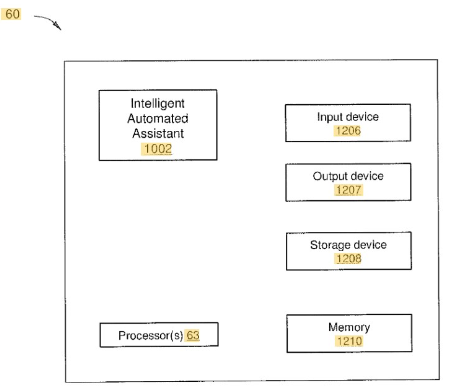The Importance of Translating Images in Non-English Literature for Prior Art Searches
Images are essential in understanding both patent and non-patent literature. While patent documents often contain product-related drawings or process diagrams, non-patent literature might include a variety of visuals—from posters to product labels. These images are crucial pieces of evidence that can impact the success of a patent application, as they may be referenced by examiners to reject claims. For a thorough prior art search, it’s vital to not only review images in English-language documents but also to examine those in non-English sources. This article highlights why translating these images is an important step in ensuring a comprehensive search.
Table of Contents
What is Non-English Literature?
Non-English literature refers to any documents published in languages other than English. In the context of prior art searching, this includes both patent and non-patent literature. Examples of non-English sources are research papers, product brochures, packaging, videos, and even comic books.
When it comes to non-English patent literature, data from Questel Orbit and WIPO shows that ten countries (China, U.S., Germany, France, the Netherlands, Italy, Japan, Korea, Switzerland, and Great Britain) contribute to almost 75% of the total patents filed around the world. Out of these, eight countries namely China, Germany, France, the Netherlands, Italy, Japan, Korea, and Switzerland prefer filing patents in their native, i.e., non-English language.
Why It’s Importance to Search Literature Beyond the English Language
A thorough prior art search considers all potential sources of relevant information, both patent and non-patent. Non-English documents are an often-overlooked source of valuable insights. Failing to review these documents could result in missing critical prior art that may affect the patentability of an invention.
For English-speaking searchers, understanding non-English sources may be challenging without accurate translations. While machine translation tools like Google Translate can be helpful for basic comprehension, they are not always reliable, especially for technical texts. The nuances of patent and non-patent language require more careful interpretation.
Interpreting Images Present in Non-English Literature
In case of non-English patent literature, the translation of an image assists in understanding the details of an invention. For instance, in most AI-based or communication-related inventions, the images are present in the form of flow charts that are essential to depict the correct flow of the invention. When these charts are available in a non-English language, it becomes crucial to convert them into English language with the help of a native language expert. This is because sometimes these charts are interpreted incorrectly due to machine translation errors. Given below are two images depicting the same patent image from a non-English patent before and after translation.

Fig.1: Patent Image Before Translation

Fig.2: Patent Image After Translation
Even in the case of non-patent literature, it is imperative to translate the non-English images to ensure that searchers do not miss out on any important detail. To help you understand this better, let us take an example.
Suppose a searcher needs to identify prior arts for a patent related to chewing gum using a special type of sweetener (novel sweetener). A comprehensive search reveals a non-patent prior art – chewing gum (available for sale in China) whose composition is written on the product packaging. In such a scenario, by translating the image on the packaging, the searcher can easily check whether the identified chewing gum discloses the use of the novel sweetener.
Conclusion
Conducting prior art searches in foreign languages can be complex, especially when images play a pivotal role. For businesses seeking a thorough and accurate search, enlisting the help of experts who specialize in foreign language patents and non-patent literature is a smart investment. At Sagacious IP, our dedicated Foreign Language Search team, is proficient in over 15 major global languages including Mandarin, German, French, Japanese, Korean, Dutch, Spanish, and Italian, thereby allowing you to conduct more targeted and thorough patent searches. Reach out today to improve your search strategy and explore our webinar for more insights on this subject.
-Rohit Joshi (Engineering Searching) and The Editorial Team
Having Queries? Contact Us Now!
"*" indicates required fields




